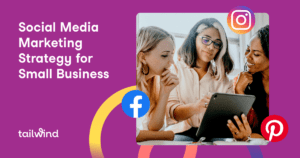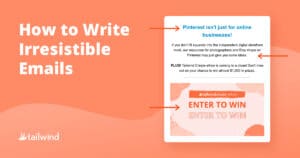
Marketing
How to Build a Social Media Marketing Strategy (with Examples!)
Discover the benefits of incorporating a social media strategy into your business plan. From branding to targeted audiences, learn the essential elements for successful social media marketing. Find out how to set goals, analyze metrics, and create engaging content in this comprehensive guide. Take your social media game to the next level and see your business soar!
